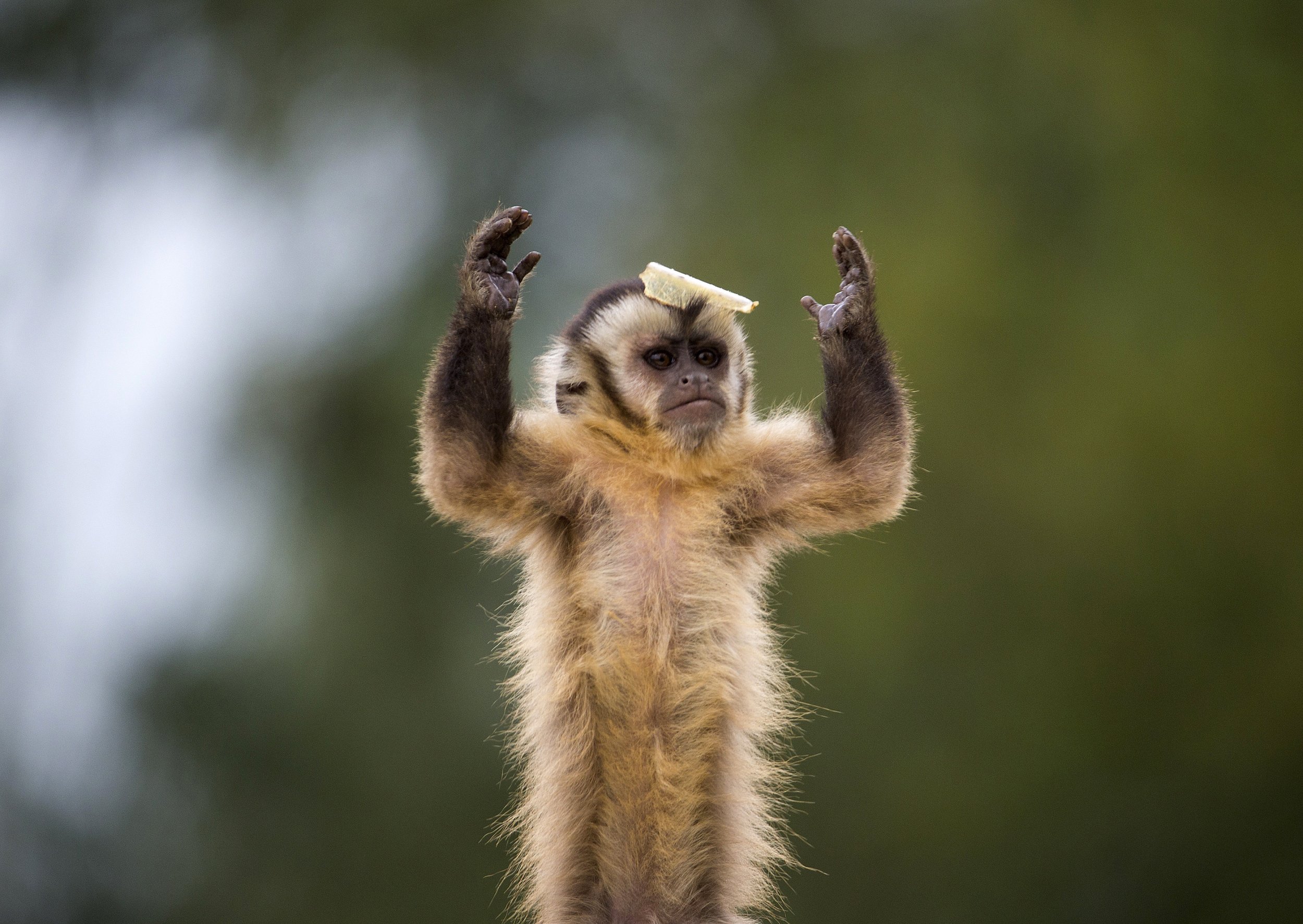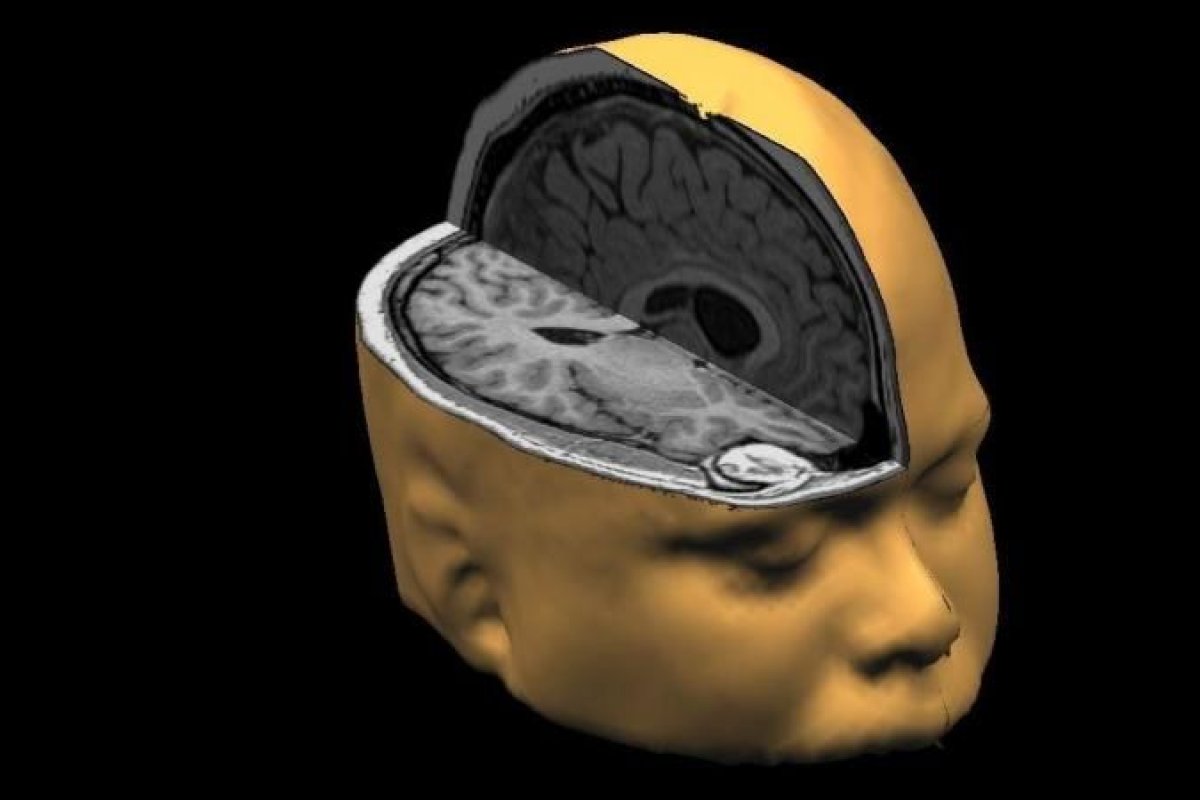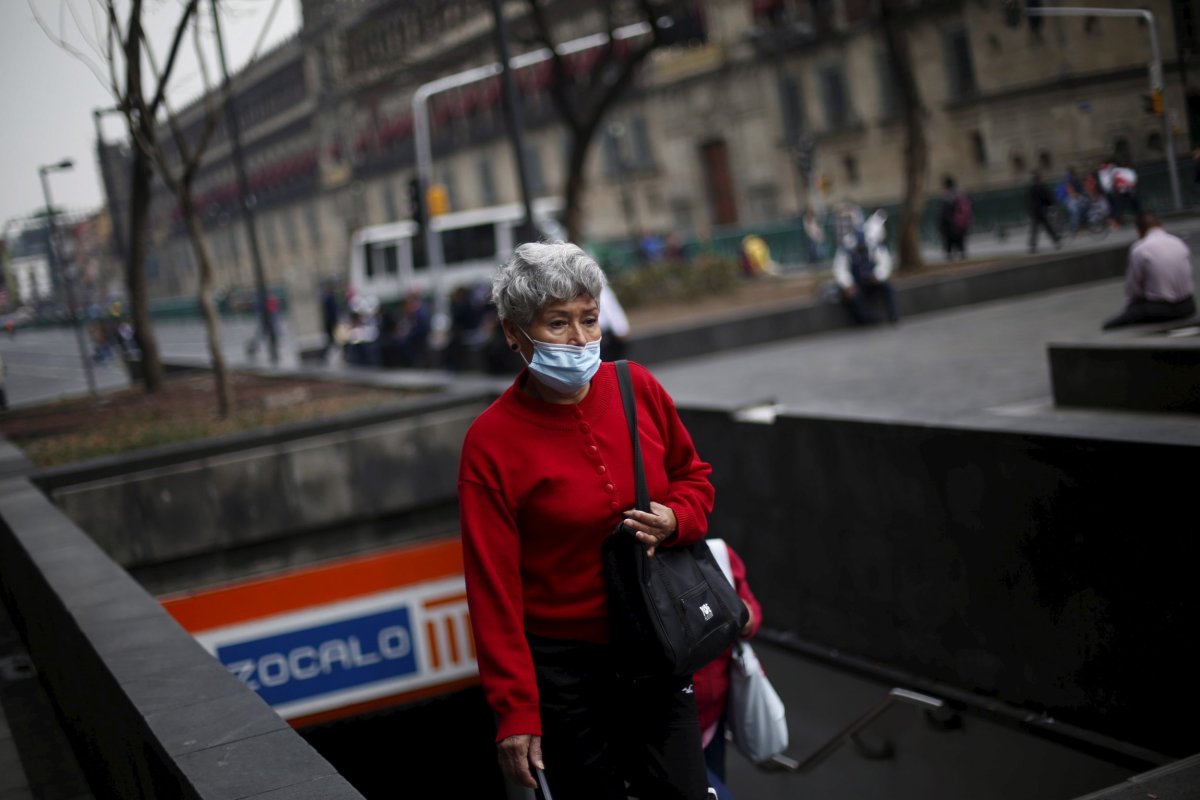
From the possibility of "brainprint" technology to low-dose aspirin's cancer-fighting promise, here are five things we learned in Tech & Science this past week:
- "Brainprints" could replace fingerprints and retina scans as the security measure of the future. Sound crazy? Researchers at Binghamton University say every individual's brain readings can be identified "with 100 percent accuracy," with unrivaled security should they be used for IDs. Cost and ease of use is an obvious barrier to "brainprints," but the researchers envision high-end usage, such as at the Pentagon.

- They're back. Well, almost. Billions of cicadas will soon emerge as adults in states from Virginia to New York and as far west as Ohio after spending 17 years underground. Brood V, as this generation of critters is called, will soon introduce a new generation of kids to a summer full of their incessant buzzing and ability to appear seemingly everywhere.
- Low-dose aspirin shows promise as a cancer fighter. A study found that those suffering from breast, prostate and colorectal cancers who took a daily low dose saw their survival rate increase by up to 20 percent. Other studies suggest low-dose aspirin is even effective at preventing cancers, but much more research is needed, especially in patients with other specific cancers, such as lung and esophageal.

- The city you live in will determine what germs you live with. While it stands to reason that urban and rural environments would have different microbial environments, scientists at Northern Arizona University have discovered that germs differ from city to city. And those germs are consistently found within the same city from building to building. They don't yet know why microbes in Chicago office buildings would differ from those found in New York, but the researchers consider the findings a milestone in their work.

Monkeys have been hanging around North America much longer than anyone thought. Science has long taught that monkeys found their way to our shores some 4 million years ago via the Isthmus of Panama. But researchers have found a monkey fossil in Panama that's 21 million years old, prompting head scratching over how the wily creatures made the trip from South America.
Uncommon Knowledge
Newsweek is committed to challenging conventional wisdom and finding connections in the search for common ground.
Newsweek is committed to challenging conventional wisdom and finding connections in the search for common ground.
About the writer
To read how Newsweek uses AI as a newsroom tool, Click here.








